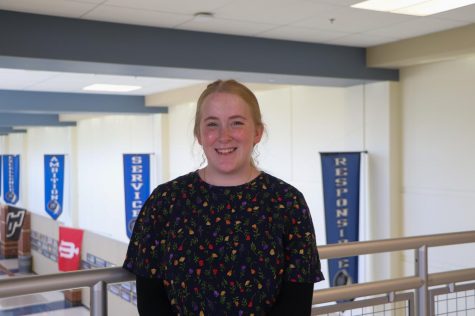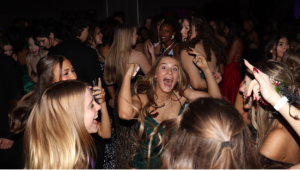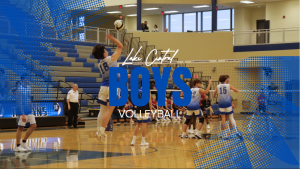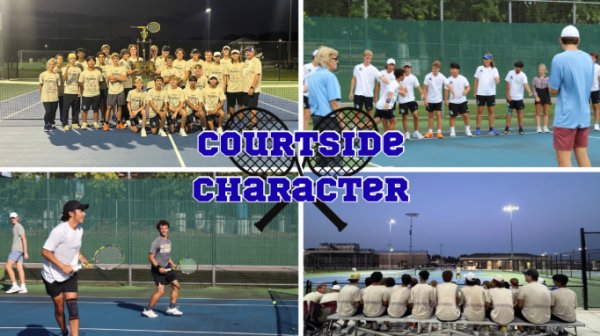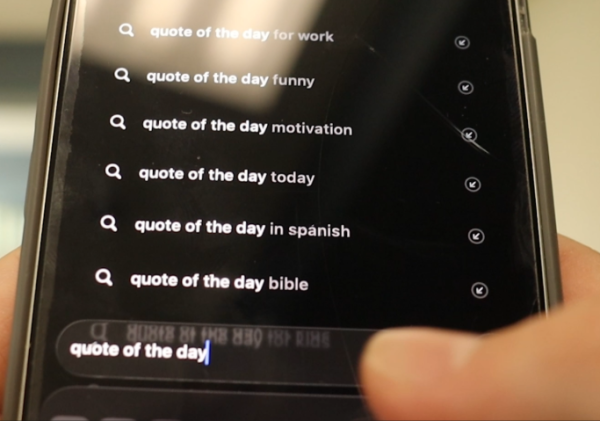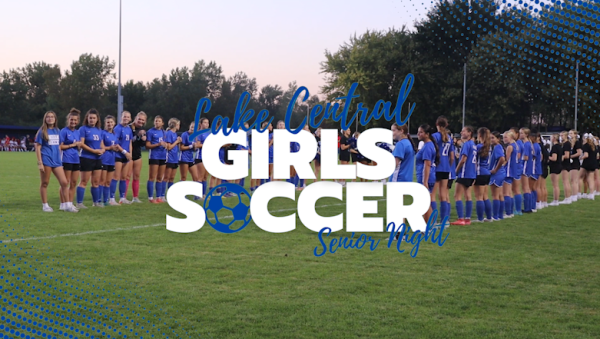From Deep Sea to Deep Space
April 4, 2022
In the auditorium on Friday, Women in Science and Engineering [WISE] held an event for alumni to come and talk about their research. Four people ended up talking, John Hemmerling, Mohammed Hijaz, Mark Kalinich and Megan Duffy. Ranging from research on splitting water into oxygen and hydrogen to studying Parksinson’s disease the speakers gave talks on how they came into their field and where their research is leading them.
“I hope they’re really inspired. I want them to look up to these people and do what they’re doing. I want to see them here in the future on stage presenting. I want the best for everyone,” Kathedra Csanyi (12) said.
Csanyi was the main organizer for the event. The idea was pitched by Mr. Kendal Smith, Science, during a WISE meeting. From there Csanyi reached out to Mr. Smith’s former students via email.
“It was originally supposed to happen on January 7, but we had to push it back. We figured having it before Spring break would be best so people would not forget about it. We were lucky enough to get the speakers to still come and to be able to reschedule this,” Kimberly Hesterman (12) said.
Duffy, who was at the WISE meeting when the idea for the program first came up, was the last speaker. After her grandmother had Parkinson’s disease she decided to study neuroscience. Now she works across the street from Dr. Fauci in Washington D.C.
“I actually had a C in the neuroscience chapter in Mr. Holden’s AP Psych class. Now I am researching neuroscience. It really shows how things can change. You don’t have to know everything. I’ve forgotten about things about the liver and stuff because it doesn’t pertain to my research,” Duffy said.
Hemmerling, one of Duffy’s classmates, agreed with her. He happened to do badly in chemistry and now he has gone on to work on splitting water and working on the many uses of hydrogen.
“Research is about discovering the unknown and progressing the unknown. Sometimes that is large but most of the time it is only a small step forward. I was the first person to build a [] which was only a small part of the research but still pushed it forward,” Hemmerling said.




